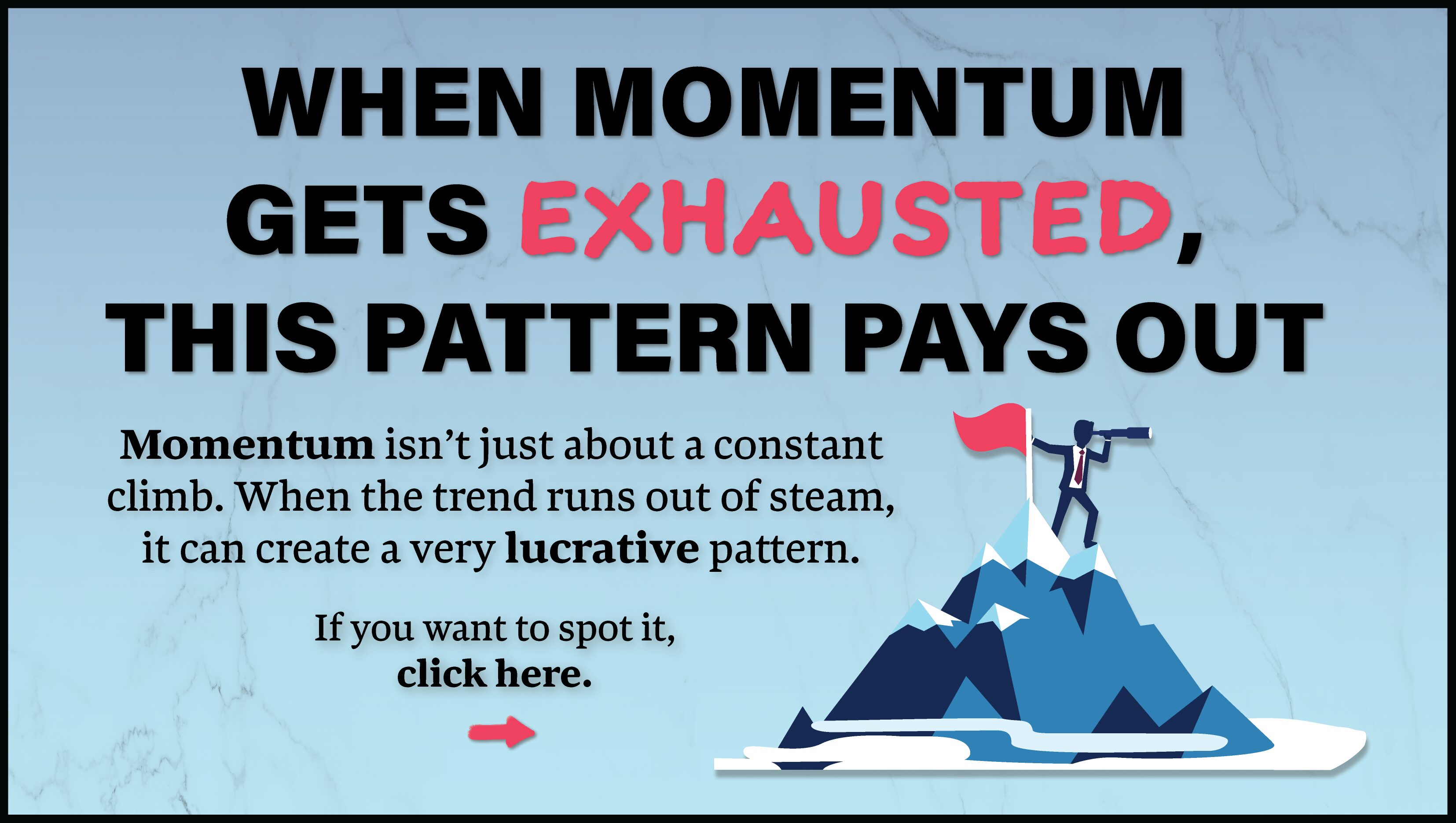by Don Fishback
In the world of elementary school arithmetic, we all learned that when you multiplied a negative number by another negative number, the resulting product was a positive number.
This concept has a loose link to the strategy we’re going to look at. We are going to combine short selling – a strategy that we have had make money in a negative market environment, with a put option – which we’ve had increase in value in a negative market environment, to come up with an overall option strategy that makes money in a positive market environment!
That is, we are going to combine two negatives to create a positive.
What we’re going to do is sell short a put option. When you sell short a put, you make money if the underlying asset increases in value or if it stands still. Here’s why:
Remember that when you sell short, you make money if the “thing” you’ve sold short declines in price. That’s because if it drops in price, you can buy it back for less than what you sold it for. That is, you’ve bought low and sold high. Only you bought and sold in reverse, selling high first and then buying low.
It is critically important that you realize what it is we’re selling short when we sell a put. You are not selling short the underlying asset itself – you are selling short a put. Remember that puts increase in value as the underlying asset declines in price. Puts drop in value as the underlying asset’s price rises. Because we’re selling short a put, we want the value of the put to drop. Because a puts value drops when the underlying asset’s price rises, we want the asset to rise in price! A few examples will obviously help.

Remember, whenever we buy something, we have to give the seller money, so money is debited from our account. When we sell, we receive money from a buyer, so money is credited to our account. After selling an option, it can either expire worthless, the option buyer can exercise his right, or it can be “bought back” in an offsetting transaction.
Let’s look at an example of stock PQR, which was trading at 100 in December. You are bullish on PQR. You expect the stock to rise in price. That means you expect the put options to drop in price. You decide to sell short a January at-the-money put. At-the-money means that the option’s strike price and the stock’s current price are the same. That means the option’s strike price must be 100. In this case, January corresponds to the option’s expiration date.
By selling a put, you are giving someone the right to sell PQR shares if they drop in value, so you sell them a put option with a strike price of 100 and an expiration date of January 19 (stock options and stock index options expire on the third Friday of every month). Remember, the strike price is the price at which the option can be exercised. This means that the buyer will have the right to sell PQR shares to you for 100 before the January options expire on January 19, no matter how high or how low PQR shares are.
As the seller of the option, you will be obliged to buy PQR shares if the buyer of the option exercises his right. You require compensation for taking on that obligation. The compensation you require (the price of the option) is called the option premium. The price of the option in December is 6.
Now let’s fast forward to January. Let’s look at what the option will be worth as PQR shares fluctuate. Remember, the January put option with a strike price of 100 gives the buyer the right but not the obligation to sell to you PQR shares at 100 before January 19.
If PQR shares are trading at 80 on the New York Stock Exchange, here’s what would happen. The option buyer would have the right to sell the stock to you at a price of 100. The person who sells the put option has the obligation to buy the asset at the preset price. Therefore, the option buyer could buy the stock in the open market at 80 and immediately sell it to the option grantor at 100. You, the option seller, would have to buy the stock at 100. You could then do one of two things: hang on to the stock, or more likely, sell it in the open market where PQR shares are trading at 80.
If you hold the option you sold short until it was exercised, the transaction would look like this. (Remember, you sold the option for 6. Stock options are worth $100 per point):

If you chose to offset the short sale of the put by buying it back for its exercise value of 20 (the exercise value is 20 because that is how much the option buyer would get if he or she exercised their right), the transaction looks like this:

What happens if PQR shares go up to 120? The put option buyer’s right is to sell PQR at 100. But PQR shares are trading at 120. So he would have to pay 120, only to sell the shares at 100, thus locking in a loss of -20. Because selling is his right and not his obligation, he does nothing. Therefore, the option is worthless. You received 6 for the option.
The net result is the same as it would be if PQR shares were at any price above 100.
Here is a profit/loss graph showing the results from selling the put option on PQR shares:

This graph is critical to understanding why the odds are in the put seller’s favor. Remember, PQR shares are trading at a price of 100. Notice that the place in which the profit/loss line drops below zero (the breakeven) is somewhere between 90 and 95. The exact price is 94 – the price of the option when you sold it, minus the strike price. As long as PQR shares stay above 94, you make money. If PQR shares are above 94 at expiration, the option seller wins. This is the same breakeven point as for the put option buyer, only the buyer wins if PQR shares are below 94.
Notice that, if you are bullish, and the stock goes up, you make money. If you are bullish and the stock stands still, staying at 100, you still make money. If you are bullish and you’re wrong, and the stock goes down 5% to 95, you still make money. It is the location of the breakeven which is crucial to explaining why option selling has such a high probability of success. For the option seller to lose, PQR shares have to drop more than 6% in a little more than a month! For most stocks, a drop of that magnitude over such a short period simply doesn’t happen very often.
That means the odds of PQR shares being above 94 in about 5 weeks are going to be extremely high. Consequently, because there are three possible ways in which the put option seller makes money: if PQR rises any amount, if PQR stands still, and if PQR drops by less than 6% during a five-week period, the option seller’s odds of success are extremely high. On the other hand, the option buyer’s odds of success are very low, as he wins in only one scenario; an extremely large move downward in PQR’s share price.











Recent Comments